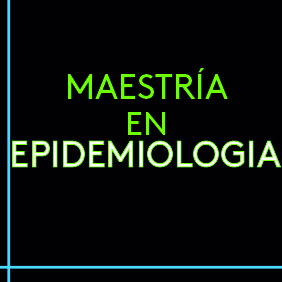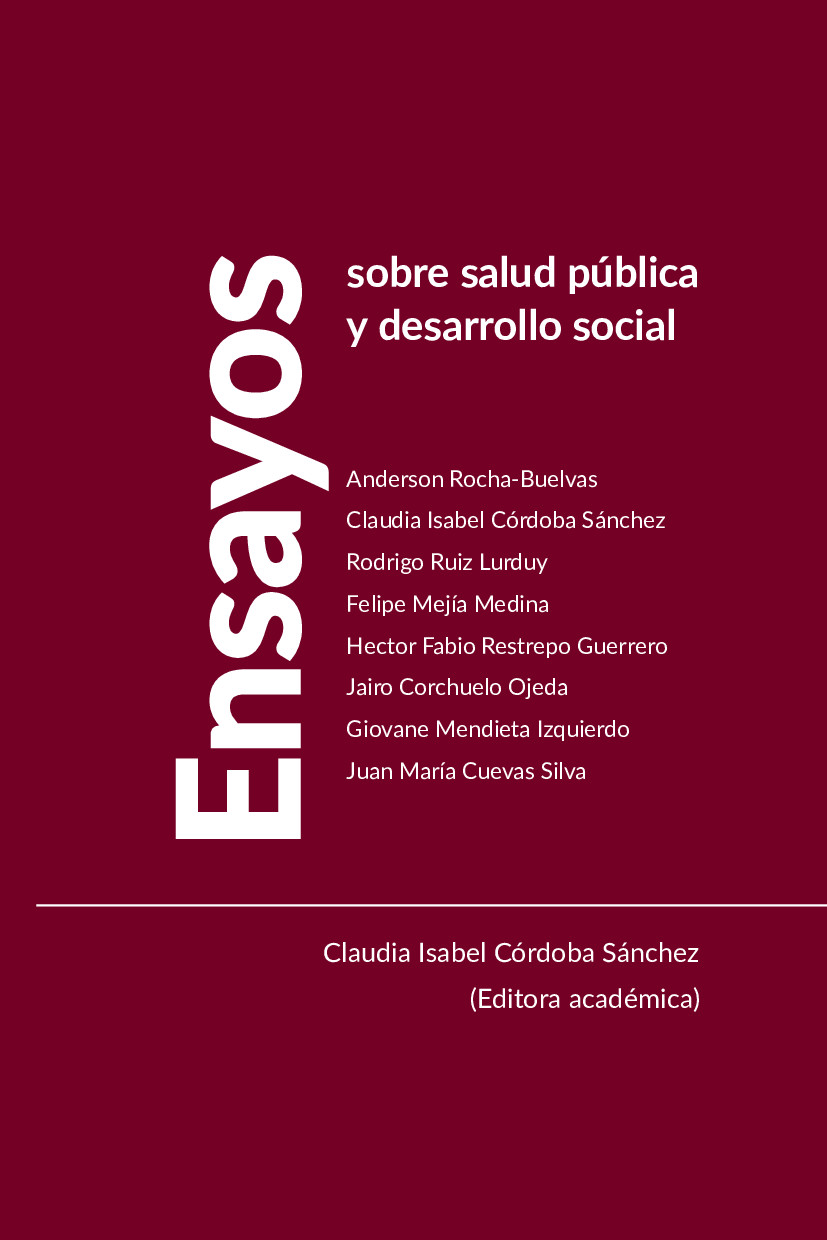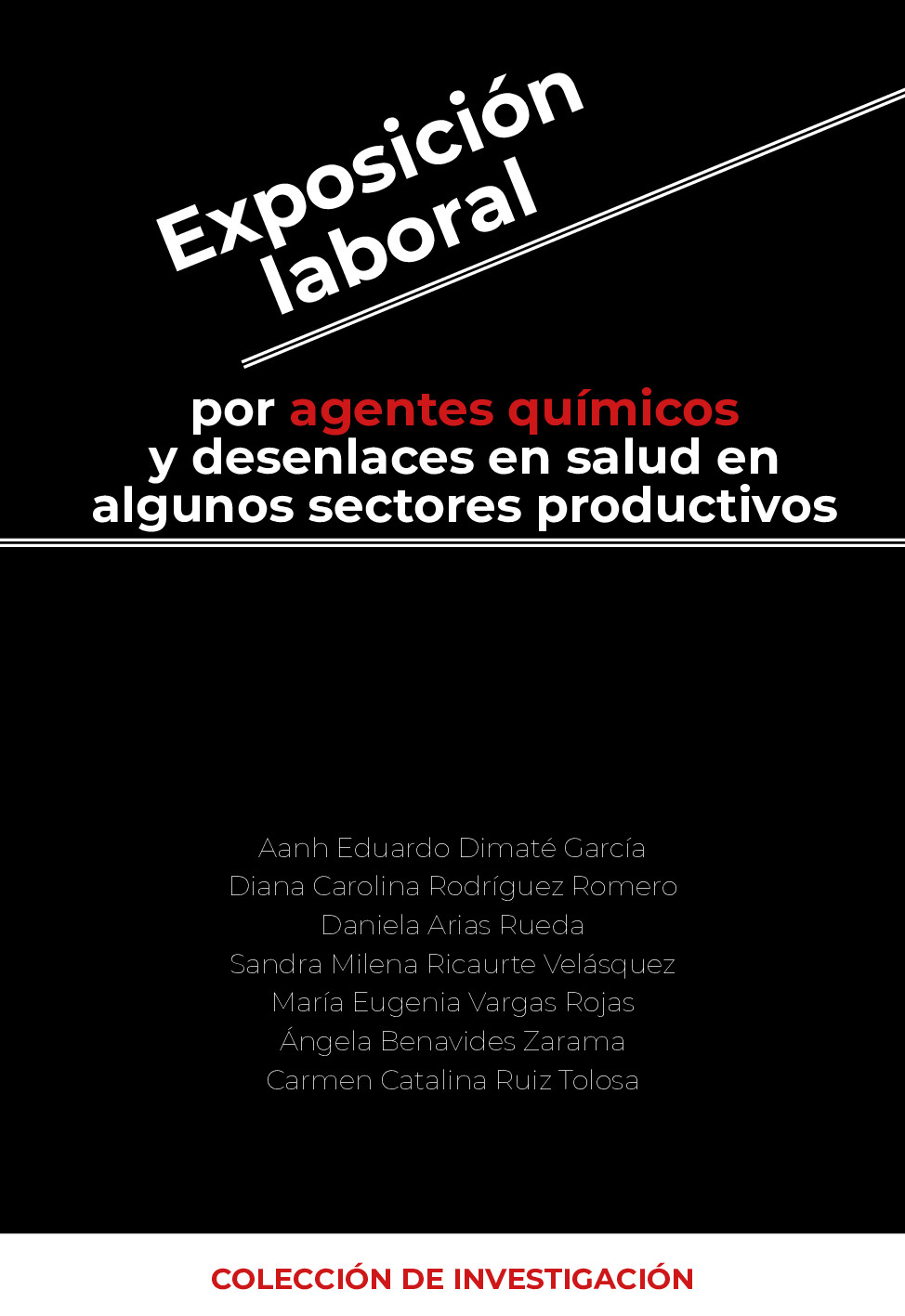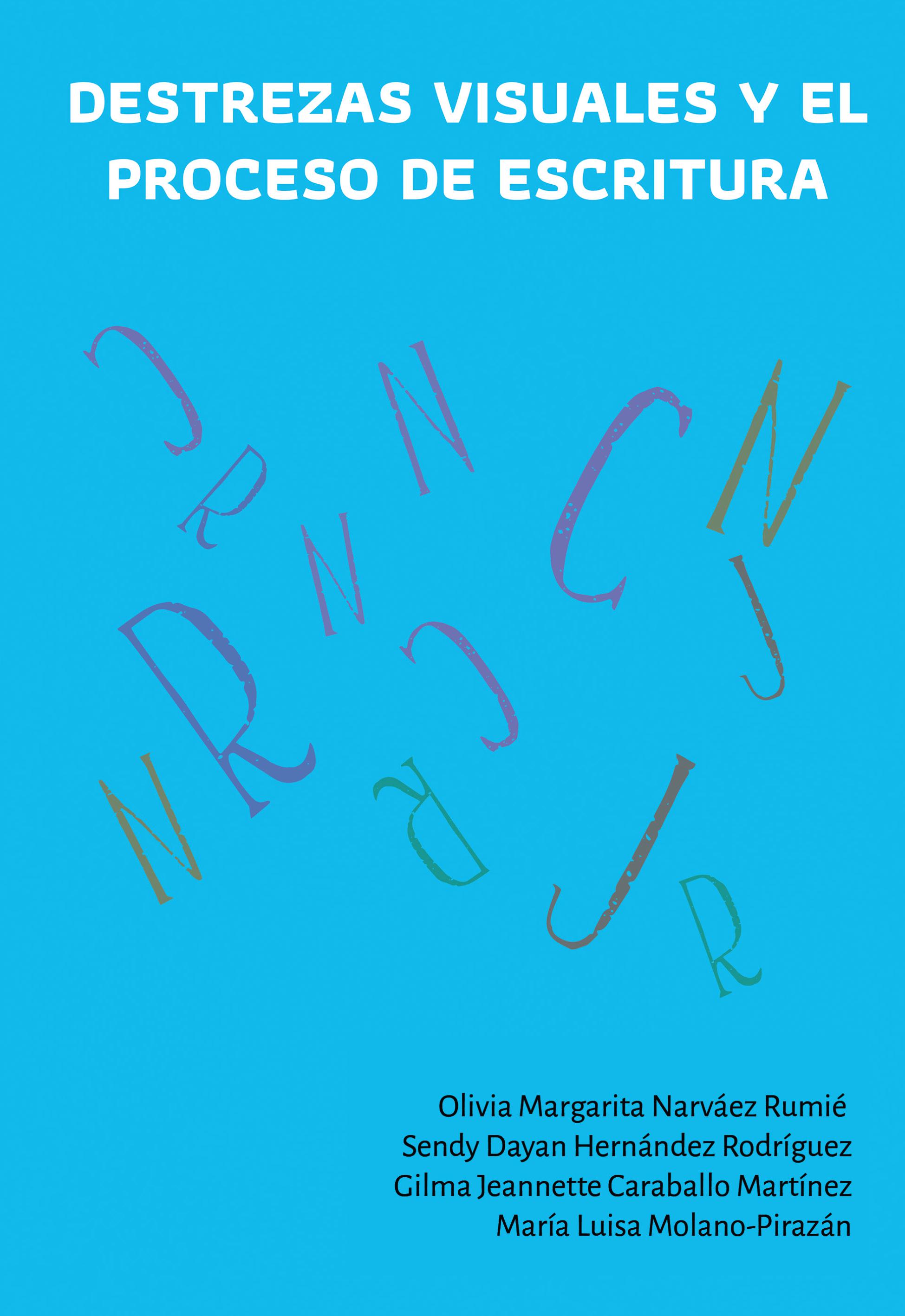Resumen
Introducción: las expectativas hacia el consumo de alcohol se definen como creencias de los efectos del alcohol sobre el comportamiento y podrían predecir su consumo. El objetivo de este trabajo es resumir la información disponible sobre los cuestionarios que las miden y su validez.
Métodos: se realizaron búsquedas en las bases de datos Pubmed, Scopus, PsycINFO, Lilacs y Scielo, seleccionando estudios sobre la validez de los cuestionarios. La calidad del material se evaluó con la guía CASP y la síntesis de datos fue cualitativa.
Resultados: de las 133 referencias resultantes, 56 se eliminaron por repetirse, 52 por no ser de la temática/objetivo, y se agregaron 7 de otras fuentes. Se hallaron 16 instrumentos con buenos índices de fiabilidad y validez, algunos de ellos utilizados eficazmente para predecir el consumo de alcohol.
Conclusión: los cuestionarios de expectativas hacia el consumo de alcohol podrían constituir una herramienta útil para la investigación, evaluación clínica y tamizaje.
Licencia
Los autores deben declarar la no existencia de conflictos de intereses ya sea por motivos de financiación del proyecto del cual es resultado el artículo; así como por motivos intelectuales, académicos, morales e investigativos.
La Revista de Investigaciones Andina se acoge a las normas éticas para publicaciones dadas por el COPE: http://publicationethics.org/resources/code-conduct
Citas
2. Gianoulakis C. Influence of the endogenous opioid system on high alcohol consumption and genetic predisposition to alcoholism. Journal of Psychiatry &Neuroscience 2001;26(4):304-18.
3. Goldman MS, Brown SA, Christiansen BA, Smith GT. Alcoholism and memory: broadening the scope of alcohol- expectancy research. Psychol Bull 1991 Jul;110(1):137-146.
4. Goldman MS, Rather BC. Substance use disorders: Cognitive models and architecture. 1993. 5. Reich RR, Ariel I, Darkes J, Goldman MS. What do you mean “drunk”? Convergent validation of multiple methods of mapping alcohol expectancy memory networks. Psychology of addictive behaviors 2012;26(3):406-413.
5. Leigh BC. In search of the Seven Dwarves: issues of measurement and meaning in alcohol expectancy research. Psychol Bull 1989;105(3):361.
6. Shih RA, Miles JNV, Tucker JS, Zhou AJ, D’Amico EJ. Racial/ethnic differences in the influence of cultural values, alcohol resistance self-efficacy, and alcohol expectancies on risk for alcohol initiation. Psychology of addictive behaviors 2012;26(3):460-470.
7. Brown SA, Goldman MS, Inn A, Anderson LR. Expectations of reinforcement from alcohol: Their domain and relation to drinking patterns. J Consult ClinPsychol 1980;48(4):419.
8. Brown SA, Christiansen BA, Goldman MS. The Alcohol Expectancy Questionnaire: An instrument for the assessment of adolescent and adult alcohol expectancies. Journal of Studies on Alcohol and Drugs 1987;48(05):483.
9. Jones BT, Corbin W, Fromme K. A review of expectancy theory and alcohol consumption. Addiction 2001;96(1):57-72.
10. Kachadourian LK, Homish GG, Quigley BM, Leonard KE. Alcohol expectancies, alcohol use, and hostility as longitudinal predictors of alcohol- related aggression. Psychology of addictive behaviors 2012;26(3):414-422.
11. Demmel R, Hagen J. The Comprehensive Alcohol Expectancy Questionnaire: II. Prediction of alcohol use and clinical utility. Journal of Addiction Research and Practice 2003;49(5):300-305.
12. Kraus D, Smith GT, Ratner HH. Modifying alcohol- related expectancies in grade-school children. Journal of Studies on Alcohol and Drugs 1994;55(5):535.
13. Fried AB, Dunn ME. The Expectancy Challenge Alcohol Literacy Curriculum (ECALC): a single session group intervention to reduce alcohol use. Psychology of addictive behaviors 2012;26(3):615-620.
14. Scott-Sheldon LA, Terry DL, Carey KB, Garey L, Carey MP. Efficacy of expectancy challenge interventions to reduce college student drinking: A meta-analytic review. 2012.
15. Martín JLR, Martín-Sánchez E, Torralba E, Díaz Domínguez E, Lurueña-Segovia S, Alonso Moreno FJ. Capítulo 9: Investigación secundaria: la revisión sistemática y el metaanálisis, SEMERGEN - Medicina de Familia 2008;34(1):11-16.
16. Health Evidence Bulletin W. Questions to assist with the critical appraisal of an o b s e r - vational study EG cohort, case-control, crosssectional. 2004; Disponible en: ww.cardiff. ac.uk/insrv/libraries/sure/sysnet/pdf/CA%20 questions- bservational.pdf
17. Goldman MS, Greenbaum PE, Darkes J. A confirmatory test of hierarchical expectancy structure and predictive power: iscriminant validation of the Alcohol Expectancy Questionnaire. Psychol Assess 1997;9(2):145.
18. Vik PW, Carrello PD, Nathan PE. Hypothesized simple factor structure for the Alcohol Expectancy Questionnaire: confirmatory factor analysis. ExpClinPsychopharmacol 1999 Aug;7(3):294-303.
19. Deckel AW, Hesselbrock V, Bauer L. Relationship between Alcohol‐Related Expectancies and Anterior Brain Functioning in Young Men at Risk for Developing Alcoholism. Alcoholism: Clinical and Experimental Research 1995;19(2):476-481.
20. Mora-Ríos J, Natera G, Villatoro J, Villalvazo R. Validez factorial del cuestionario de expectativas hacia el alcohol (AEQ) en estudiantes universitarios. Psicología Conductual 2000;8(2):319-328.
21. Mora-Ríos J, Natera G. Expectativas, consumo de alcohol y problemas asociados en estudiantes universitarios de la ciudad de México. Salud Pública de México 2001;43(2):89-96.
22. Schafer J, Fals-Stewart W. Confirmatory analyses of three scoring systems for the 90-item Alcohol Expectancy Questionnaire. Journal of Studies on Alcohol and Drugs 1997;58(5):508.
23. Vautier S, Moncany D. Positive alcohol expectancies in the French context: factorialproperties of data from a large sample of alcohol drinkers.European Review of Applied Psychology2008; 58(3):133-144.
24. Rohsenow DJ. Drinking habits and expectancies about alcohol’s effects for self versus others. J Consult ClinPsychol 1983;51(5):752-756.
25. George WH, Frone MR, Cooper ML, Russell M, Skinner JB, Windle M. A revised Alcohol Expectancy Questionnaire: Factor structure confirmation and invariance in a general population sample. Journal of Studies on Alcohol and Drugs 1995;56(2):177.
26. Demmel R, Hagen J. The structure of positive alcohol expectancies in alcohol-dependent inpatients. Addiction Research & Theory 2004;12(2):125-140.
27. Demmel R, Hagen J. Faktorenstruktur und psychometrischeEigenschafteneinergekürz- endeutschsprachigen Version des Alcohol Expectancy Questionnaire (Brief AEQ-G). ZeitschriftfürDifferentielle und DiagnostischePsychologie 2002;23(2):205-216.
28. Herrán OF, Ardila MF. Expectancies toward the intake of alcohol in young adults of Bucaramanga, Colombia, 2005.Colombia Médica 2009;40(3):282-291.
29. Herrán OF, Ardila MF. Validez factorial del cuestionario de expectativas hacia el consumo de alcohol (AEQ-III), en adultos de Bucaramanga, Colombia. RevistaMédica de Chile 2007;135(4):488-495.
30. Christiansen BA, Goldman MS, Inn A. Development
31. of alcohol-related expectancies in adolescents: Separating pharmacological from social-learning influences. J Consult ClinPsychol 1982;50(3):336.
32. Kline RB. Eight-month predictive validity and covariance structure of the Alcohol Expectancy Questionnaire for Adolescents (AEQ-A) for junior high school students. Journal of Studies on Alcohol and Drugs 1996;57(4):396.
33. Miller PM, Smith GT, Goldman MS. Emergence of alcohol expectancies in childhood: A possible critical period. Journal of Studies on Alcohol and Drugs 1990;51(4):343.
34. Pérez-Aranibar CC, Van den Broucke S, Fontaine J. Validation of the Alcohol Expectancy Questionnaire (AEQ-A) for Peruvian University Students. J Alcohol Drug Educ 2005;49(3):63.
35. Aas H. Adaptation of the Alcohol Expectancy Questionnaire (AEQ‐A): A short version for use among 13 year olds in Norway. Scand J Psychol 1993;34(2):107-118.
36. Rather B. Using the alcohol expectancy questionnaire- adolescent form to predict college drinking: Long versus short forms. Addict Behav 1990;15(6):567-572.
37. Stein L, Katz B, Colby SM, Barnett NP, Golembeske C, Lebeau-Craven R, et al. Validity and Reliability of the Alcohol Expectancy Questionnaire-Adolescent, Brief. J Child Adolescent Subst Abuse 2007;16(2):115-127.
38. Webb JA, Baer PE, Caid CD, McKelvey RS, Converse RE. Development of an Abbrev iatedFonr of the Alcohol Expectancy Questionnaire for Adolescents. The Journal of Early Adolescence 1992;12(4):441-456.
39. Randolph KA, Gerend MA, Miller BA. Measuring alcohol expectancies in youth. J o u r n a l of Youth and Adolescence 2006;35(6):939-948.
40. Demmel R, Hagen J. The comprehensive alcohol expectancy questionnaire: I. scale development. Journal of Addiction Research and Practice 2003;49(5):292-299.
41. Nicolai J, Demmel R, Moshagen M. The Comprehensive Alcohol Expectancy Questionnaire: Confirmatory factor analysis, scale refinement, and further validation. J Pers Assess 2010;92(5):400-409.
42. McMahon J, Jones BT. Post-treatment abstinence survivorship and motivation for recovery: the predictive validity of the readiness to change (RCQ) and negative a l c o h o l expectancy (NAEQ) questionnaires. Addiction Research & Theory 1996;4 (2):161-176.
43. Fromme K, D’Amico EJ. Measuring Adolescent Alcohol Outcome Expectancies. Psychology of Addictive Behaviors 2000;14(2):206- 212.
44. Norman SB, Inaba RK, Smith TL, Brown SA. Development of the PTSD-alcohol expectancy questionnaire.AddictBehav 2008;33(6):841-847.
45. Pilatti A, Godoy JC, Brussino SA. Construcción y valoración de las propiedades psicométricas del Cuestionario de Expectativas hacia el Alcohol para Niños de Argentina (CEAN). Adicciones: Revista de socidrogalcohol 2010;22(2):113-124.
46. Pilatti A, Godoy J, Brussino S. Análisis factorial confirmatorio del Cuestionario de Expectativas hacia el Alcohol para Niños argentinos (CEA-N). Trastornos adictivos 2011;13(2):71-79.
47. Pilatti A, Godoy JC, Brussino SA. Construcción y valoración psicométrica del C u e s - tionario de Expectativas hacia el Alcohol para Adolescentes de Argentina (CEA- A). 2010.
48. Leigh CB, Stacy A. Alcohol Outcome Expectancies: Scale Construction and P r e d i c - tive Utility in Higher Order Confirmatory Models. Psychological Assessment 1993;2:216- 229.
49. Bauman KE, Bryan ES. Subjective expected utility and children’s drinking. Journal of Studies on Alcohol and Drugs 1980;41(09):952.
50. Fromme K, Stroot E, Kaplan D. Comprehensive effects of alcohol: Development and psychometric assessment of a new expectancy questionnaire. Psychol Assess 1993;5:19-19.
51. Jones B, McMahon J. The reliability of the Negative Alcohol Expectancy Q u e s - tionnaire and its use. J Assoc Nurses Subst Abuse 1993;12:15-16.
52. Leigh CB. Attitudes and Expectancies as Predictors of Drinking Habits: A C o m - parison of Three Scales. Journal of Studies on Alcohol 1989;50(5).
53. Brown SA, Goldman MS, Christiansen BA, Smith GT. The broader perspective of expectancy research: Comment on Corcoran and Parker. Psychology of Addictive B e h a v - iors 1989;3(2):80-84.
54. Kim J, Mueller CW. Factor analysis: Statistical methods and practical issues. S A G E Publications, Incorporated; 1978.
55. Hittner JB. Factorial validity and equivalency of the alcohol expectancy q u e s - tionnaire tension‐reduction subscale across gender and drinking frequency. J ClinPsychol 1995;51(4):563-576.
56. Corcoran KJ, Parker PS. Alcohol expectancy questionnaire tension reduction scale as a predictor of alcohol consumption in a stressful situation. Addict Behav 1991;16(3):129-137.
57. Li HK, Dingle GA. Using the Drinking Expectancy Questionnaire (revised scoring method) in clinical practice. Addict Behav 2012;37(2):198-204.
58. Handley ED, Chassin L. Intergenerational transmission of alcohol expectancies in a highrisk sample. Journal of studies on alcohol and drugs 2009;70(5):675.

 PDF
PDF
 FLIP
FLIP




















